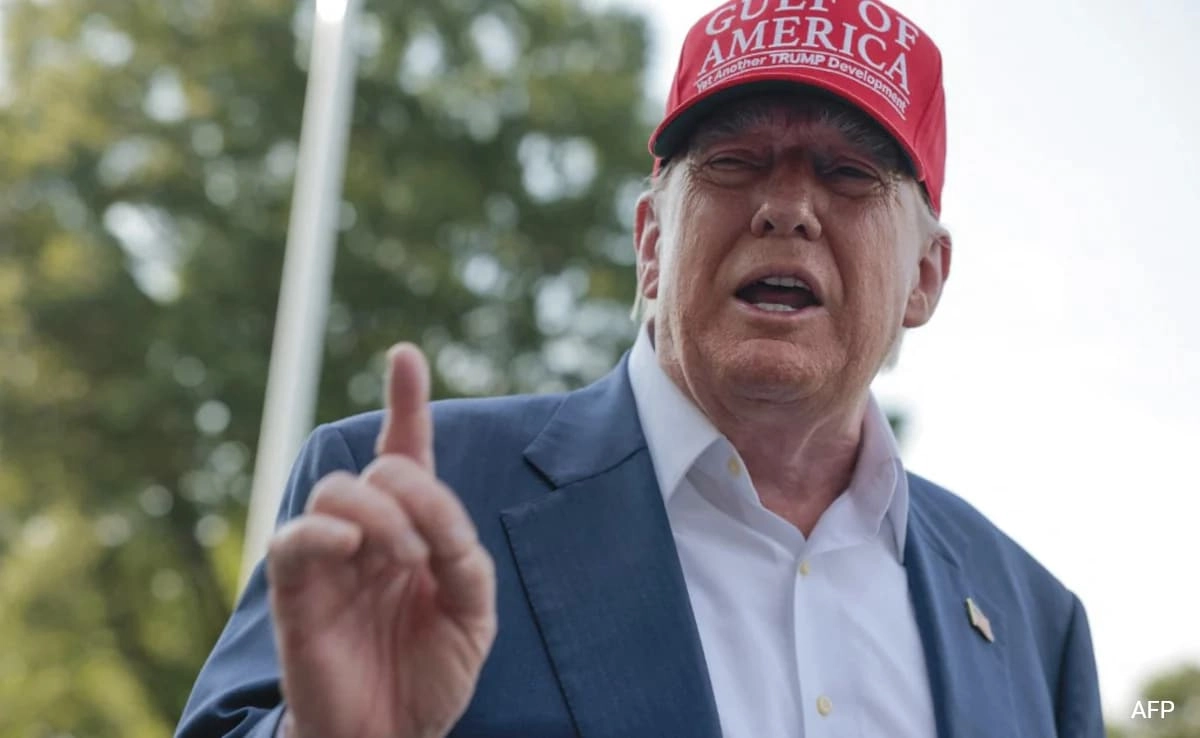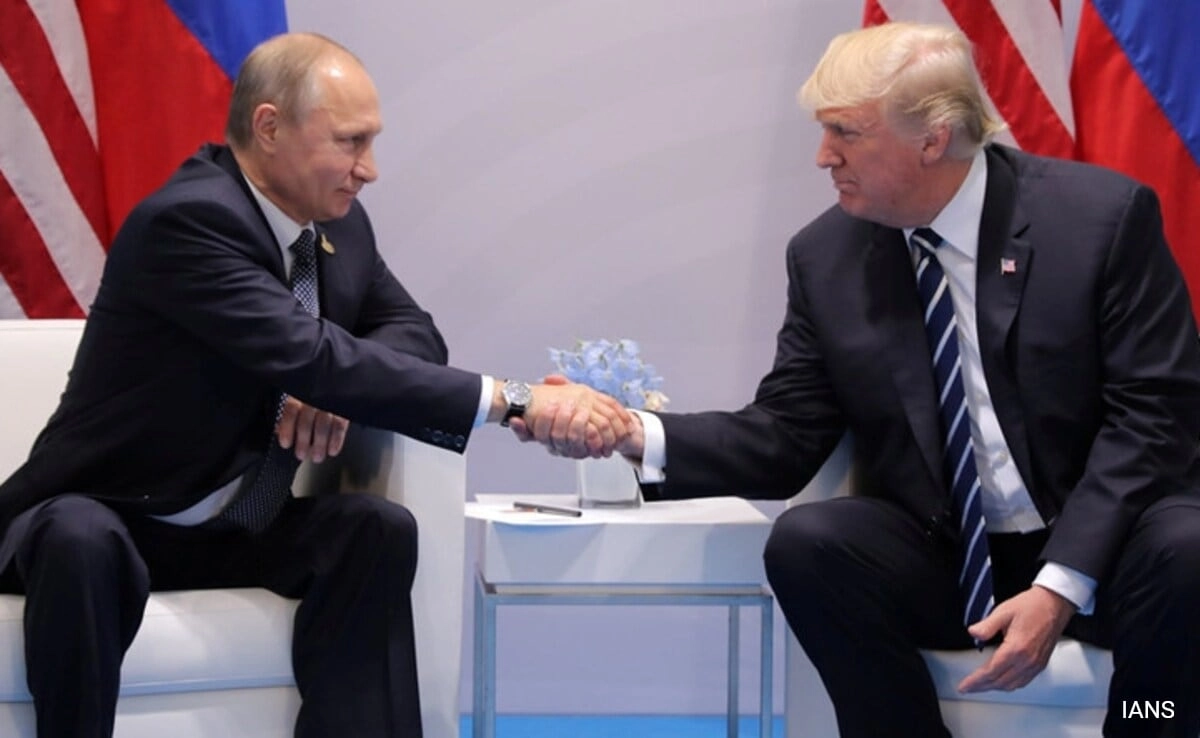In a surprising turn of events, former President Donald Trump announced the imposition of additional 100% tariffs on a wide range of imports from China. This decision, which took many economists and political analysts by surprise, is rooted in a complex interplay of trade relations and geopolitical tensions between the two nations. The tariffs could have significant implications not only for American consumers and businesses but also for the global economy, which is still recovering from the impacts of the COVID-19 pandemic. The move appears to be a strategic effort to exert pressure on China, aiming to address longstanding grievances related to trade imbalances, intellectual property theft, and unfair competition practices.
One of the primary motivations behind the tariffs is Trump’s ongoing campaign to protect American jobs and industries. By imposing steep tariffs on Chinese goods, the former president is attempting to encourage domestic production and reduce reliance on imports from China. This approach aligns with his “America First” policy, which prioritizes American workers and businesses over foreign interests. However, critics argue that such tariffs may backfire by raising costs for consumers and potentially leading to retaliatory measures from China that could further escalate tensions between the two economic powerhouses.
Furthermore, this decision comes amid a backdrop of heightened scrutiny over China’s economic practices and its growing influence on the global stage. The U.S. has been increasingly vocal about issues such as the lack of transparency in China’s trade policies and its alleged manipulation of currency values. By imposing these tariffs, Trump is signaling a tougher stance on China, hoping to compel the country to negotiate more favorable trade terms. The move may also be viewed as an attempt to rally his political base by showcasing his commitment to confronting what he perceives as unfair practices that harm American interests.
As the situation unfolds, the implications of these tariffs will be closely monitored by business leaders, policymakers, and consumers alike. The potential for increased prices on a wide range of consumer goods could lead to inflationary pressures that may impact the broader economy. Additionally, the tariffs could disrupt supply chains that have become increasingly interconnected in the global marketplace. The long-term effects of such a drastic measure remain uncertain, and as the U.S. and China navigate this complex trade landscape, the stakes are high for both nations and the world economy as a whole.




